Important Characteristics of Red Algae:
- Red Algae are an ancient group of algae with over 5,000 living species.
- Majority of them are marine. A few (example- Batrachospermum, Lemnaea) are freshwater aquatic or subaquatic terrestrial (example- Porphyridium).
- Their size varies from unicellular microscopic forms to half a metre in length. Several species of red algae are graceful and lace-like plants. Some red algae secrete CaCO3 on their walls and form coralline algae.
- They are red in colour due to phycoerythrin and phycocyanin pigments. They have chlorophyll a molecule to capture the blue-green sunlight.
- These are photo-autotrophic, but some others are colourless, lack photosynthetic pigments and live as parasites on other photosynthetic red algae (Example- Harveyella).
- Reserve food is in the form of floridean starch and a soluble starch, floridoside.
- Flagellate forms and stages are completely absent.
- Cell Wall consists of cellulose and pectic compounds. Sulphated geloses or phycocolloids occur in most red algae. The important ones are agar, carrageenin and funori.
- Vegetative reproduction occurs by fragmentation, gemmae and regeneration of holdfast.
- Reproduction occurs by both sexual and asexual methods. The spores are non-motile. Sexual reproduction is highly specialised. Male gametes are non-motile and called spermatia. Spermatia are carried by water currents to elongated tip trichogyne of female sex organ carpogonium. Following fertilisation, the zygote may produce carpospores. Example- Poryphyra by division directly or indirectly from zygote as in Batrachospermum and Polysiphonia.
- The life cycle of many red algae like Polysiphonia has an alternation of haploid and diploid multicellular generations.
Economic Importance of Red Algae:
- The red algae like Porphyra (Laver) and Chondrus (Irish Moss) are cultivated in different countries as a food crop for human consumption.
- Rhodymenia and a number of other red algae are regularly collected on the seashore to feed the cattle.
- Chondrus species yield an extract, the carrageenin. It is used in the preparation of laxatives, cosmetics and in making chocolate milk.
- Agar a non-nitrogenous gel-like substance is obtained from red algae like Gelidium and Gracilaria which is used to make gelatin capsules, as a material for making dental impressions and as a base for cosmetics. It is used as a culture medium for bacteria, fungi and other organisms.
- Agar prevents baked foods from drying out, and act as a preservative for meat and fish in warmer regions and used in dairy products such as ice creams, in pharmaceutical, leather and textile industries.
- Calcareous red algae play an essential role in the formation of so-called coral reefs.
- Funori is adhesive phycocolloid obtained from red algae Gloiopeltis. It is used in sizing textiles, paper and as glue.
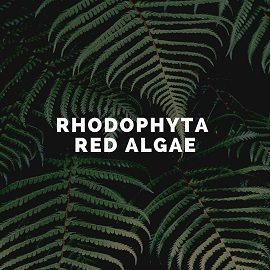

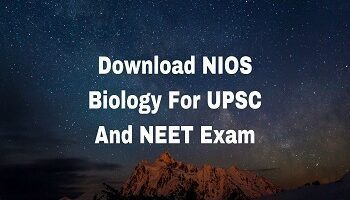
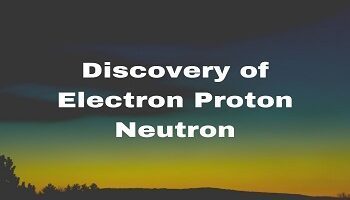


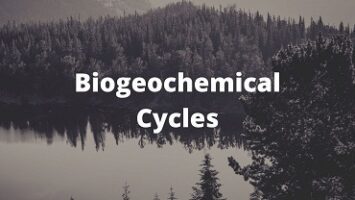
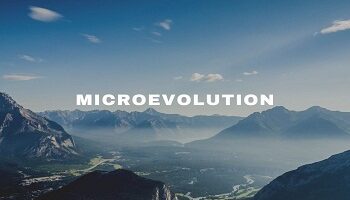

Comments (No)